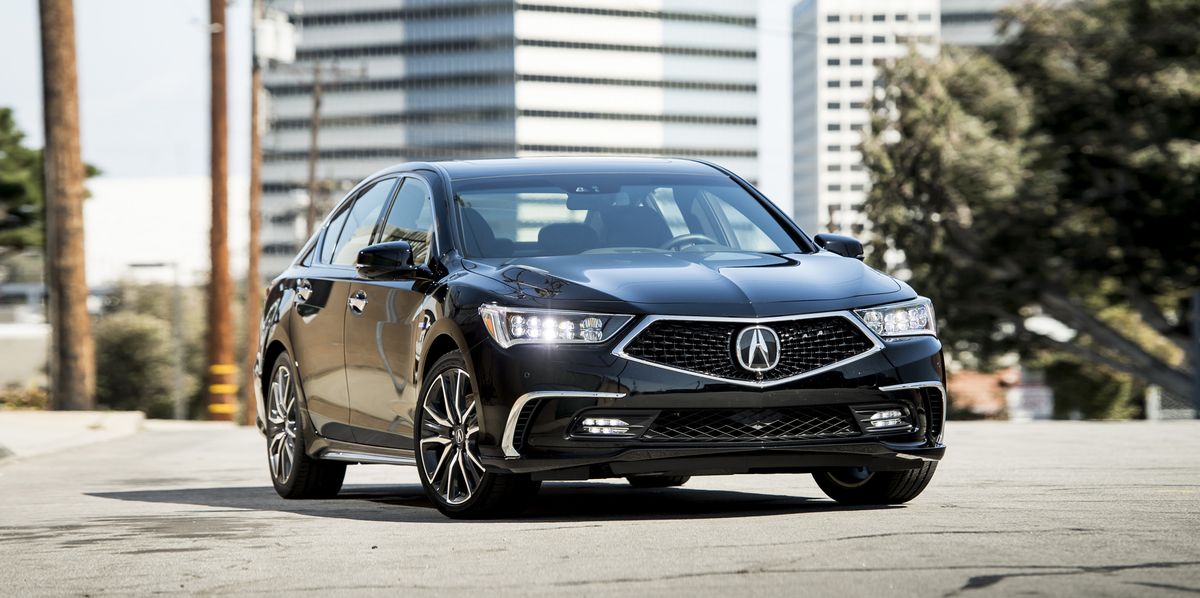You've just described how any friction brake works.
Negative torque is not negative angular velocity, that's your physics lesson right here. You can have negative torque while having positive wheel speed, that's what happens when a car brakes i.e. friction brakes already are negative-torque generators. Motor-driven negative torque works the exact same way as a brake-based system, except it's proactive instead of reactive plus you get some energy back, that's why it's better.
Actually, friction brakes can create a lot more braking power than motors. Your average commuter car can dissipate all of the kinetic energy moving at 100km/h in about 3 seconds; they take over twice that amount of time to accelerate to that speed using the prime mover.
In order to turn wheels backwards, you need negative wheel speed. The problem with reversing while moving forward is the same for both ICEV and BEV. Doing so would destroy the reduction gear on a good surface (ICEV actually deals with it better since a hydraulic torque converter can slip instead of destroying the gears), or just create wheel spin on low-grip surface, neither of which is safe.
The only 'practical' way to stop cars faster than traction allows is aerodynamic drag or reverse rocket thrusters.
Thank you for your comprehensive explanation.
So the following explanation doesn't apply? You seem right though that it can cause damage but so can a collision that could have been avoided.
Plugging is type of electrical braking for motors that brings the motor to a rapid stop and, if allowed, reverses the motor's direction of rotation.

www.motioncontroltips.com
For AC induction motors, the stator voltage is reversed by interchanging any two of the supply leads. The field then rotates in the opposite direction and the motor’s slip (the difference between the speed of the stator’s rotating magnetic field and the speed of the rotor) becomes greater than unity (s > 1). In other words, the rotor spins faster than the rotating magnetic field in the stator. Torque is developed in the opposite direction of the motor’s rotation, which produces a strong braking effect.
When the motor speed reaches zero, if it is not disconnected from the supply, it will begin to reverse, or rotate in the opposite direction. In some applications, reversal of the motor’s direction is the goal. But when plugging is used to
brake the motor, a zero-speed switch or plugging contactor is used to disconnect the motor from the supply when its speed reaches zero.
One of the potential problems with plugging as a braking method (especially when the braking time is short) is that it can be difficult to brake the motor at exactly zero speed. Another drawback to plugging is that it can induce high mechanical shock loads on the motor and connected equipment, due to the abrupt stop that it causes. Plugging is also a very inefficient method of stopping and, therefore, generates significant heat.
Despite these drawbacks, plugging is used in equipment such as elevators, cranes, presses, and mills, where a rapid stop of the motor (with or without reversal) is required.

